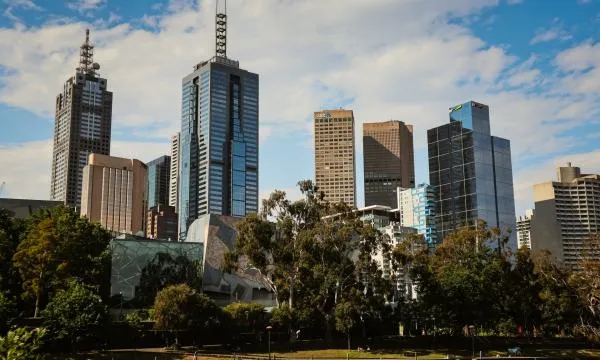
13 real estate themes to watch out for as Melbourne recovers post-pandemic
Stakeholders in Melbourne’s property markets have reason to be optimistic.
Few other places in the world have tamed a second wave as well as Melbourne. London had similar daily case numbers per day in July 2020 (~550) but now in early 2021, has a stretched health system and 40,000 to 50,000 cases per day. Countries that managed the first wave well, such as Japan and South Korea are now facing a third wave.
According to JLL, approximately 74% of the 230,000 jobs lost in Victoria as a result of pandemic have been recovered since the trough in September. On a national basis the trough was in May and 89% of jobs lost have now been recovered. Confidence is rebounding, The second lock down has had a pronounced negative impact on confidence in Victoria, but the November Roy Morgan Confidence index was 100 in four states, NSW, QLD WA and SA and higher on a national basis than the September 2019 reading.
Successful management of the second wave of the virus, and strong responses to recent outbreaks, bodes well for Victoria as restrictions are eased in coming months. Political goodwill at both federal and state level, an orderly approach to releasing restrictions across the country and likely roll out of a vaccine before next winter are supporting confidence.
Here are the 13 themes to watch according to JLL:
1. CBD Reactivation
Melbournians are slowly returning to the CBD. However, workplace restrictions remain in place. Only 50% of private and 25% of public sector workers are permitted to return to office workplaces.
The City of Melbourne is providing grants and a program of summer events including live music, laneway activation and outdoor dining to attract people back to the CBD.
Centralisation has been a theme in Melbourne’s office markets for more than a decade. Whilst the workplace configurations that companies adopt will be varied, it is likely the CBD will remain the central hub. This means that for most businesses, the ‘spoke’ within a hub and spoke business model will be to work from home for some days. However, we may also see increased activity in our regional cities as companies assess technology capabilities and staff lifestyle requirements.
2. Ongoing investor confidence
Melbourne’s office markets attracted close to $2.6 billion in 2020. This is an impressive result given the restrictions on physical inspections of commercial property in Victoria for many weeks. This compares to $4.8 billion for Sydney and combined this represents 77% of all transaction volume in Australian office markets.
Key non-CBD markets are particularly active. Brisbane and Melbourne’s Fringe office markets and Macquarie park are the only three JLL tracked markets where year to date transaction volumes are above long-term averages.
Melbourne’s industrial market has recorded $1.4 billion in transaction volumes over 2020. This compares to $1.9 billion for Sydney and $0.64 billion for Queensland. However, only Melbourne’s industrial market has transacted above the 13-year annual average volume ($1.07 billion pa).
3. Rightsizing office leases
Melbourne’s office workers were subject to ‘work from home if you are able to do so’ orders for close to eight months. Office workers are returning to offices subject to distancing restrictions, but it will be some months into 2021 before post COVID normalised occupancy levels are reached.
Lease enquiry activity slowed or stalled through most of 2020 as companies grappled with headcount, WFH preferences and productivity.
As workers return to their places of work many companies may find that existing office spaces are no longer fit for purpose. We are likely to see increased activity as companies ‘right size’ and seek to redesign fit-outs with the help of generous landlord provided incentives.
4. Office vacancy to peak
Completion of substantially preleased CBD office assets has contributed to significant backfill space. Sublease space availability and contractions have also accelerated in 2020.
CBD vacancy increased from a 30-year record low (3.4%) in March to 13.2% by 4Q20 and is expected to peak in the region of 15% by the end of 2021.
Whilst the worst may be over, JLL expects further negligible or slightly negative net demand in 2021 before a stronger recovery in 2022. Effective rents across Melbourne’s office markets are expected to start rising again from 2022.
5. Office supply impacts
Melbourne’s record office supply cycle is slowing. Two new assets and a major refurbishment will complete in the CBD, and further supply will be delivered in Fringe precincts in 2021. Many projects in the CBD, Fringe and suburban office markets are being deferred.
However, new stock has gained relevance throughout 2020. JLL’s occupier surveys suggest wellness, cleanliness, technology and new office stock have increased in importance.
In addition, corporate statements announcing carbon neutral targets have accelerated since the Australian bushfires in early 2020. Many AREITs are at the forefront of carbon neutral initiatives within their portfolios and we see this trend continuing.
6. Industrial markets adjust
Both 2020 and 2021 are expected to be above-average years for completions, however 66% of this space is already pre-committed. Lacking availability of new assets will be exacerbated by a decline in speculative stock over the short-term.
Gross take up in Melbourne’s industrial markets has accounted for 43% of all take up in Australian markets in 2020. New deals for CSL(118,000 sqm) and DHL(90,000 sqm) took 2020 gross take up to over one million sqm for the second consecutive year.
However, through 2021, short-term COVID related retail and distribution centre leases will expire. Renewal will largely depend on the extent the increase in online retailing, forced upon consumers through the year, is maintained.
7. Investment in intermodals
Victoria has traditionally relied exclusively on road transport to move freight to and from the Port of Melbourne and around the state. This will become increasingly challenging as traffic in the port increases from 3 million Twenty Food Equivalent Units (TEUs) in 2019 to a forecast 8.9 million TEUs by 2050.
In order to combat this, state and federal government announcements in September and December 2020 confirmed commitment of over $40 million in funding to the development of an integrated container rail shuttle system operating between the Port of Melbourne and suburban intermodal terminals at Altona (West), Somerton (North) & Dandenong South (South East).
The first of these developments is expected to get underway in Dandenong South in 2021, where Salta will develop a significant new industrial park and the government will connect the site to the existing train line. This new mode of freight transport provides a significant opportunity for owners and occupiers to gain a competitive advantage by co-locating to the terminals.
8. Retail values reset
JLL is currently forecasting Melbourne regional and sub regional capital values to decline 27% and 23% respectively (from 2019 peak to 2022 trough) in the current cycle which has been driven by a reset in rents and weak investor sentiment for larger retail assets.
In response to this structural reset, many landlords have been extracting value from retail assets through mixed-use development, a theme that has been particularly relevant to Melbourne given generally larger amounts of excess land compared to Sydney.
This year Vicinity unveiled mixed-use plans for sub regional asset Box Hill central which include an office tower and over 1,900 apartments. Vicinity is also progressing plans for an additional office tower at Chadstone to join the existing hotel and office tower. QIC commenced construction at Eastland on a new 14,000 sqm office tower in July.
9. Driving retail transformation
Victoria's State Government has extended its Commercial Tenancy Relief Scheme which implements the National Cabinet’s Mandatory Code – to 28 March 2021. The extension provides further support for eligible small businesses. However, the additional winding back of JobKeeper and insolvency relief policy means that the future still remains uncertain for many retailers.
While most retailers were only able to open their stores for the last few days of October, retail turnover rebounded 22.4% in November, driven by strong growth across discretionary categories. Consumers appear to be optimistic with the Westpac-Melbourne Consumer Sentiment Index at its highest level since October 2010 – marking a ten year high.
Vacancy is anticipated to rise in 2021 as government relief ends. Although vacancy will put pressure on asset income, it provides opportunities for landlords to remix tenants to favour structural changes, away from heavily challenged categories such as fashion. Landlords will continue to proactively release space where possible to non-traditional retail tenants. There have been examples of co-working providers taking space in Victorian shopping centres in 2020 including Lygon Court (Creative Cubes) and Eastland (Waterman). Medical, education, fitness and entertainment tenants are becoming more prevalent sources of leasing demand.
10. Revenue recovery for hospitality
In 2019 the airline route between Melbourne and Sydney was the fifth busiest in the world. Melbourne airport passenger numbers declined from 3.1 million in September 2019 to less than 36,000 in September 2020.
Strengthening passenger numbers will have positive flow-on effects for airlines, rental cars, but also hotels and restaurants - particularly in CBD locations.
State borders are slowly reopening. The NSW / VIC border opened in November after four and half months. Business and leisure travel has recommenced, through snap decisions by individual states to re-close state borders in response to small virus outbreaks is testing travel confidence. There is no doubt some business travel will be shelved into the future and reduced flight schedules will remain while international borders are closed or restricted.
11. Hotel sector green shoots
Melbourne’s current city hotel supply wave is underpinned by strong city accommodation pre-COVID occupancy levels (80%-85%). Approximately 5,260 hotel rooms are under construction which will increase Melbourne’s total number of hotel rooms by 21%, a significant addition to stock levels.
Pandemic related restrictions on movement and travel has resulted in hotel occupancy plummeting to just 23%. Though some hotel operators have benefited from government contracts some recently completed hotels are yet to open. Challenges will be most pronounced for weaker assets.
Major banks have largely withdrawn funding from the sector and other risky asset classes including residential development projects and this is providing opportunity for non-bank lending activity to increase further through 2021.
12. Residential recovery begins
The risk of a hard landing and a residential price correction of more than >30% is low. Melbourne’s dwelling value index shows that from peak to trough the correction has been in the 6% range and that the recovery has started.
Residential unit developments that are currently under construction are largely pre-sold and resales within some projects indicate values have held up well. There is little consensus on the scale of population growth recovery. Deloitte access economics projects strong population growth from 2023. Its likely the residential apartment development sector will remain subdued until then.
However, the nascent build to rent sector is gaining traction. In November this year, following similar changes in NSW, the Victorian State government halved land tax levied on build to rent (BTR) developments from 2022 to 2040 together with full exemption from the Absentee Owner Surcharge until 1 January 2040. JLL estimates there are 1,840 institutional grade BTR units in Australia, but none yet completed in Melbourne. However, of the ~8,130 units in the Australian pipeline expected to complete by 2024, ~5,770 units (70%) are in Melbourne.
13. Airport rail link gets funding
Melbourne’s Airport rail link received federal and state funding in a joint announcement on 23rd November 2020 each committing A$5bn in funding for the project. ‒ More than 67m passengers are projected to use Melbourne Airport by 2038. ‒ Construction to begin in 2022. ‒ Target opening date of 2029.
In November 2020 the federal government also announced joint funding ($800m) for a major new vaccine manufacturing facility with CSL at Melbourne Airport Business Park.
Property impacts include increased industrial and office sector investment and take up activity in Melbourne Airport precincts. Site acquisition and planning activity at Sunshine. Longer term additional benefit for Arden, Parkville and station on the Cranbourne and Pakenham lines.
Outlook
Market conditions are likely to remain volatile for many months into 2021. Geopolitical and pandemic challenges, including Australia’s trade disputes with China, possible resurgence of the virus within the community and /or challenges with vaccination roll out, pose a threat to fragile confidence.
However, in comparison to other geographies, Australia is in an enviable position and stakeholders in Melbourne’s property markets have reason to be optimistic. The worst of the economic downturn has now passed, and restrictions on activities are progressively being lifted. Due to the timing of summer holidays and the influence of cautious approaches to the pandemic by internationally headquartered corporates it is likely to be some months before Melbourne’s property markets will reach a post COVID normal.
Positive indicators of activity in other states suggest that confidence, jobs growth and consumer spending will continue to rebound quickly in Victoria’s property markets, and this bodes well for 2021.


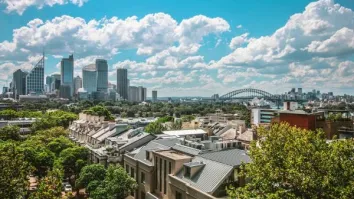

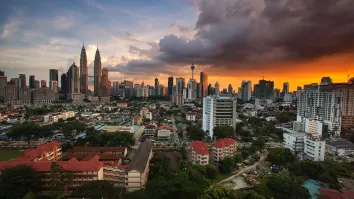
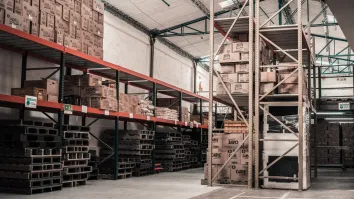



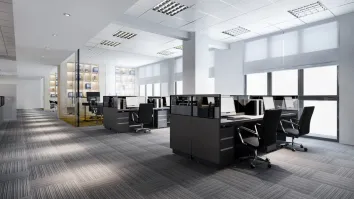



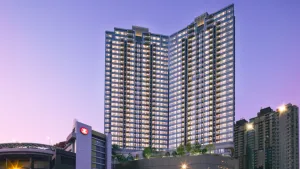



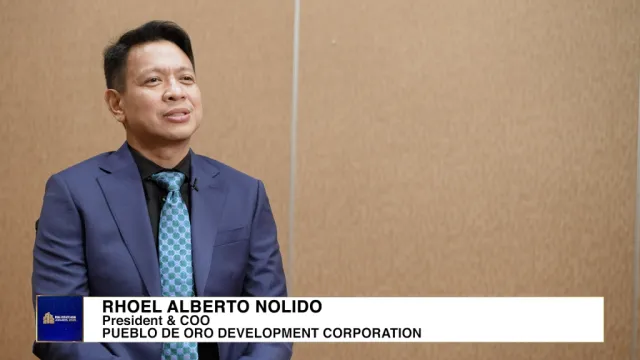

 Advertise
Advertise




